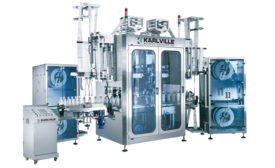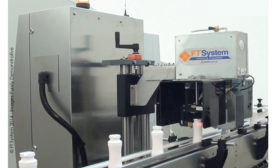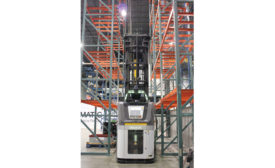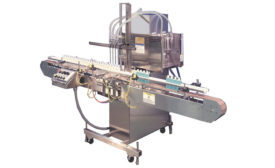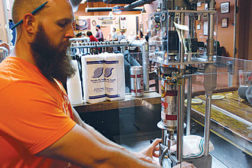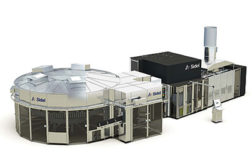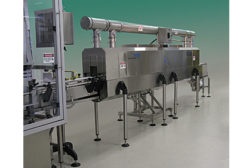Packaging Equipment
High speeds and accuracy crucial in beverage packaging and labeling equipment
Read More
Packaging inspection evolves with beverage packaging trends
Equipment suppliers offer new technological innovations
July 16, 2015
ProMat 2015 post-show report
Tradeshow highlights latest supply chain solutions
May 15, 2015
Filling equipment helps beverage manufacturers accommodate SKU proliferation
Equipment suppliers offer products to meet needs of large and small beverage-makers
April 15, 2015
Case packers adjust to handle lightweight, flexible packages
Small container sizes introduce pack configuration puzzles
March 16, 2015
Table-top seaming enables on-premise craft beer canning
Nearly 400 craft brewers package beer in cans, Aluminum Association reports
January 16, 2015
Pack Expo 2014 post-show report
Exhibitors present processing, packaging, lifecycle innovation solutions for the beverage industry
December 16, 2014
Vertical integration gains momentum
Blow, injection molding equipment expands into new beverage categories
November 17, 2014
Labeling equipment caters differently to different-sized beverage companies
Labeling lines can offer flexible or rigid restrictions, depending on the product
September 16, 2014
What's new at Pack Expo International 2014
Comedian Jay Leno headlines Pack Gives Back
September 15, 2014
Elevate your expertise in the beverage marketplace with unparalleled insights and connections.
Join thousands of beverage professionals today. Shouldn’t you know what they know?
JOIN NOW!Copyright ©2025. All Rights Reserved BNP Media.
Design, CMS, Hosting & Web Development :: ePublishing
